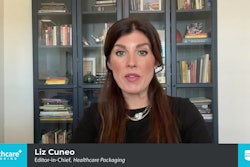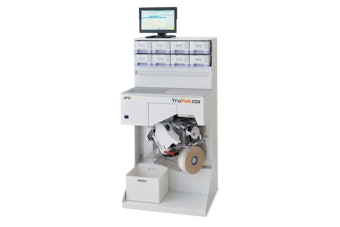This content was written and submitted by the supplier. It has only been modified to comply with this publication’s space and style.
FINAT and TLMI have cooperated to provide lifecycle assessment (LCA) guidelines for the self-adhesive label industry. UPM Raflatac has been an active contributor to the preparatory work for these guidelines, drawing on extensive in-house expertise in lifecycle assessment and close partnership with both organizations. The new guidelines were introduced at the FINAT Technical seminar in Barcelona, Spain earlier this spring.
Lifecycle assessment has established itself as the primary tool for assessing the environmental impacts of products in the self-adhesive label industry. Growing interest in the environmental performance of label products has become evident from an increasing number of stakeholder enquiries.
"Working with industry associations is an integral part of our stakeholder dialogue and business development. Therefore, it was vitally important to contribute to the preparation of the guidelines," says Jan Hasselblatt, Director of Global Accounts and Brand Relations at UPM Raflatac. "UPM Raflatac's knowledge and experience in this field has already given us the opportunity to work with converters and brand owners in several lifecycle assessment projects, which we've tailored to their requirements."
The new guidelines utilize information from two lifecycle assessment case studies conducted by PRé Consultants. The studies indicate that the environmental impacts of a label's lifecycle are distributed over a variety of processes, but centred mainly around the raw material selection and printing stages. Recycling or reducing label matrix and liner waste was also recognized as significantly reducing the overall environmental impacts of the self-adhesive label lifecycle.
In 2013, UPM Raflatac launched the Label Life tool to help label printers and end-users understand the lifecycle impacts of the label stock products the company manufactures and provide credible information on their environmental performance. Label Life is based on comprehensive lifecycle assessment methodology and conducted in accordance with internationally recognized ISO 14040/44 standards.
"We recognize the need for industry-specific guidelines, and our approach to LCA is well-aligned with the recently published guidelines," comments Sustainability Specialist for UPM Raflatac Noora Markkanen. "Lifecycle assessment remains a case-specific matter, of course, and calculations need to be tailored in each instance to ensure accurate and credible results."
For more information, click here.






















